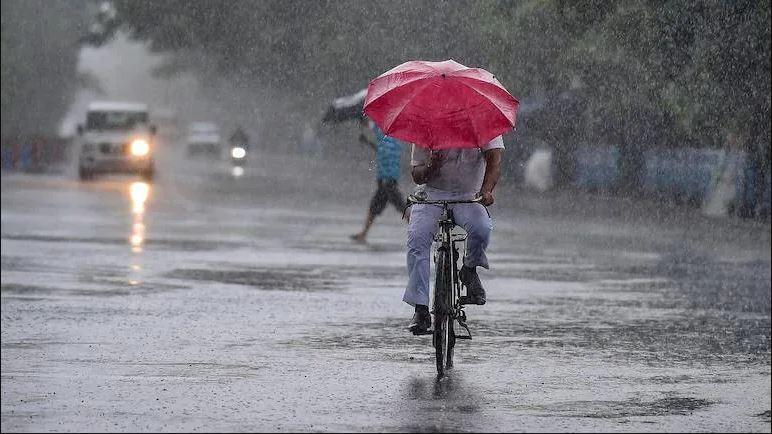Africa-Press – Tanzania. THE Tanzania Meteorological Agency (TMA) has issued a weather notice, predicting heavy rainfall and strong winds in a number of regions.
The weatherman also says that some parts of the Indian Ocean coast and Lake Nyasa could experience high winds with speeds of up to 40 kilometres per hour.
On the Indian Ocean, higher-than-normal tides – exceeding two metres – would be seen.
If the forecast comes to pass, it will have a negative impact on surface and maritime transportation, as well as fishing. As a result, the availability of marine products, especially fish, will be affected.
According to the statement issued yesterday, strong winds should be anticipated on September 19 and 20 this year in the coastal regions of Tanga, Lindi, Mtwara, Dar es Salaam and Coast as well as the Islands of Mafia, Unguja and Pemba.
Heavy rains are expected in some areas of Kagera, Geita, Mwanza, Mara, Shinyanga and Simiyu regions on Saturday, September 18, 2021.
“Citizens should exercise care as TMA continues to monitor the situation and provide updates to the public,” the TMA statement adds.
Two weeks ago, TMA said 15 regions are likely to experience prolonged drought from next month, a situation that may cause food shortage and curbs in hydropower output.
In its climate outlook for October to December (Vuli) rainy season released yesterday, the weather agency said the rains are expected to be below normal on average, characterized by prolonged periods of dry spells.
This is a shift from past years when the end year period experienced normal to above normal rains.
The Director of Forecasting, Dr Hamza Kabelwa said that besides showing below normal rainfall conditions on the whole, warmer than usual temperatures are expected across areas receiving rains in two periods annually, for this period.
“The Vuli season is expected to have a poor start during the third and fourth weeks of October with poor distribution and progress in many areas,” he said.
The Vuli rainy season is specific to areas of the northeastern highlands namely the Arusha, Manyara and Kilimanjaro regions.
It also involves areas of northern coast (northern part of Morogoro region, Coast (including Mafia Island), Dar es Salaam and Tanga regions, Unguja and Pemba isles), Lake Victoria basin (Kagera, Geita, Mwanza, Shinyanga, Simiyu and Mara regions) and the northern part of Kigoma region (Kibondo and Kakonko districts).
The outlook shows the season is likely to be characterized by the late-onset and accompanied by poor temporal and spatial distribution with periods of a slight increase in rainfall expected to occur in few areas during December and January.
Communities in affected areas must put in place plans for conserving water and animal feed to mitigate drought impacts, the statement stated, noting that pastoralists and fishermen need to use weather forecast updates as well.







